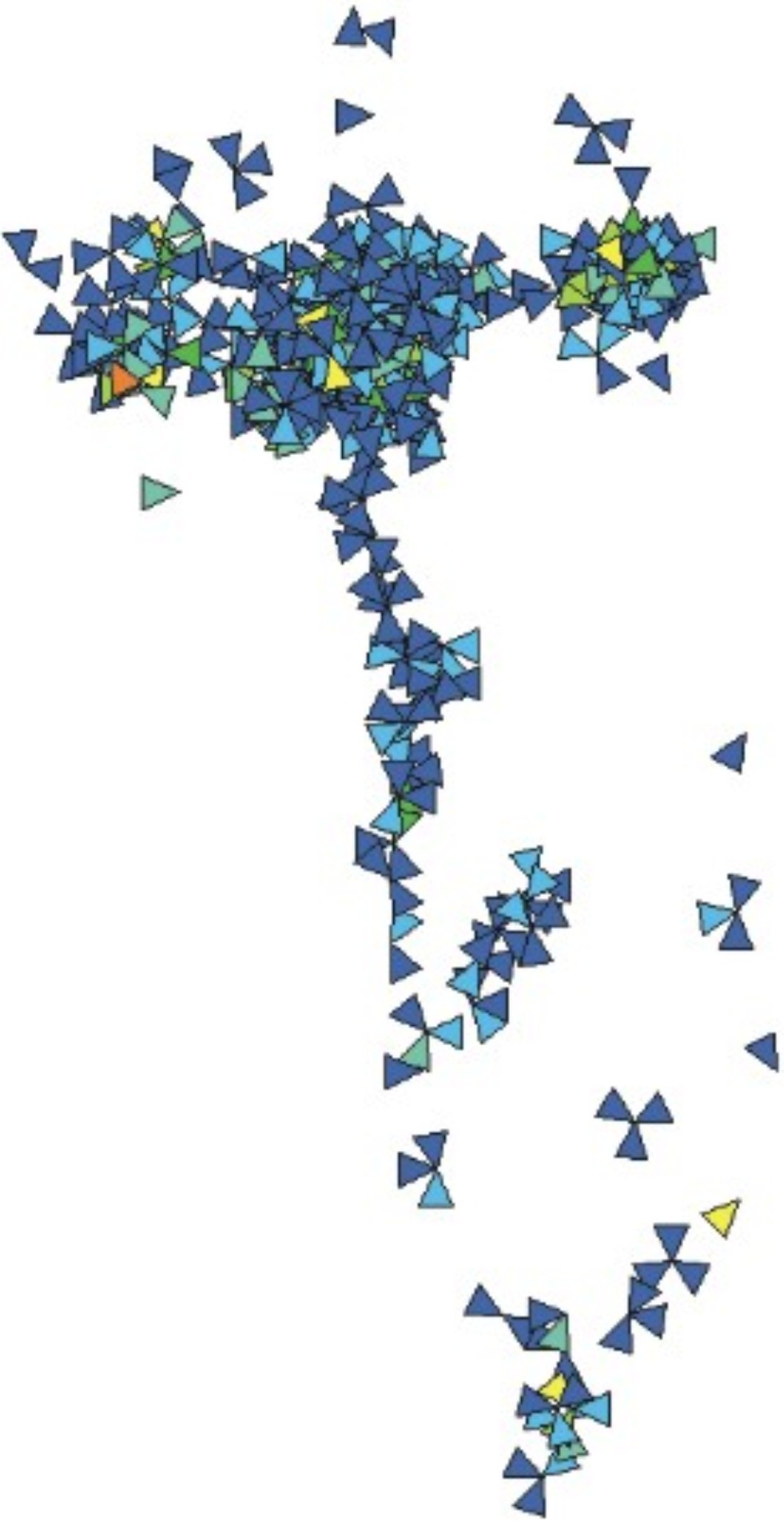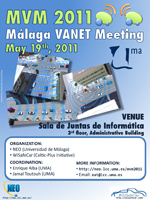DIRICOM

Intelligent Design of the Frequency Plan in a GSM Network - Automatic Frequency Planning (AFP)
The basic communication structure of a GSM network (Global System for Mobile Communications) consists of a set of Base Stations (BTS) located in different sites. Each BTS can contain several directive antennae or sectors, in which the devices that perform the radio signal transmission (TRXs) are installed. Each TRX is assigned a frequency for its signal modulation.
In a general way, the number of TRXs required to provide the service to a wide area is higher than the total number of available frequencies. The efficient reuse of these frequencies is thus essential. However, reusing frequencies produces a performance reduction in the network because of the presence of interference. The problem consists then in assigning the limited set of available frequencies to the different TRXs in the GSM network in such a way that it maximizes the performance, i.e. minimizes the interference.
With respect to the intelligent design proposed in this project, it ought to be said that the automatic frequency assignment problem is of great interest both for the science and industry fields, since it enables mobile telephony operators to, using a given amount of resources, provide a better service to the end users augmenting the capacity of the network. This produces higher benefits for industry, and thus a higher development in the telecommunications field which is very close to the research field.




 (EMARTV)
(EMARTV)
